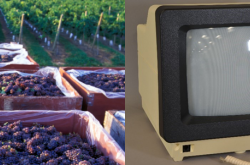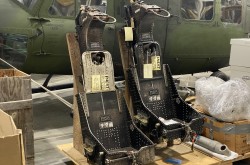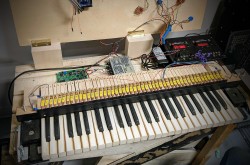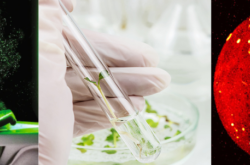Shedding more light
This article was originally written and submitted as part of a Canada 150 Project, the Innovation Storybook, to crowdsource stories of Canadian innovation with partners across Canada. The content has since been migrated to Ingenium’s Channel, a digital hub featuring curated content related to science, technology and innovation.
Charles Richter filed for a patent for his electric lamp improvements in March of 1915 and was granted Patent Number 163252 in June, 2015. Richter was an electrical worker from the Corporation of the District of Fraser Mills, a small municipality on the shores of the Fraser River that would later be amalgamated with the District of Coquitlam, B.C.
Richter’s invention was designed to provide “a simple, inexpensive and effective reflector…that will disperse the light from a group of incandescent lamps over a wide area.” (Source: Patent Number 163252, Library and Archives Canada, http://www.bac-lac.gc.ca/eng/discover/patents-1869-1919/Pages/item.aspx?…). His invention helped to improve the usefulness of incandescent lights indoors by increasing the area covered by a single lamp.

















